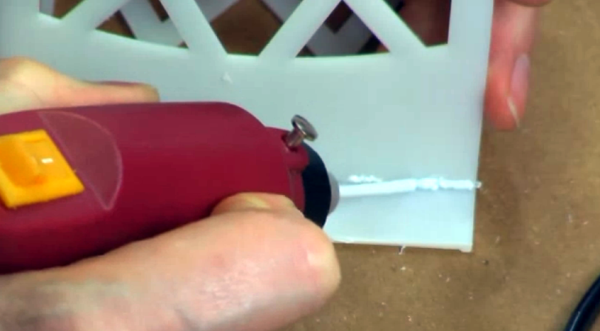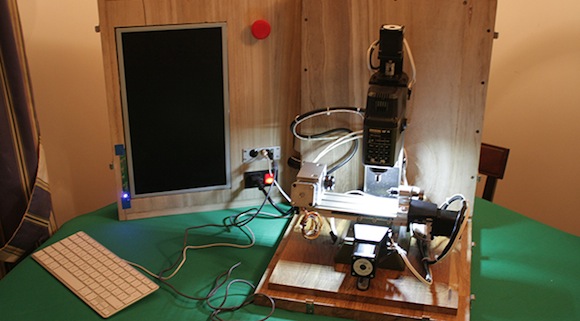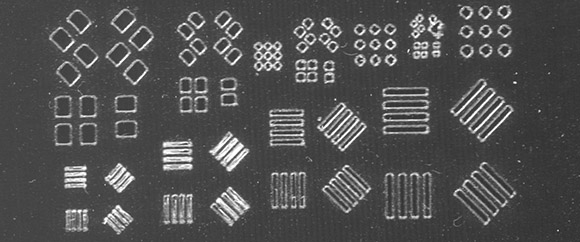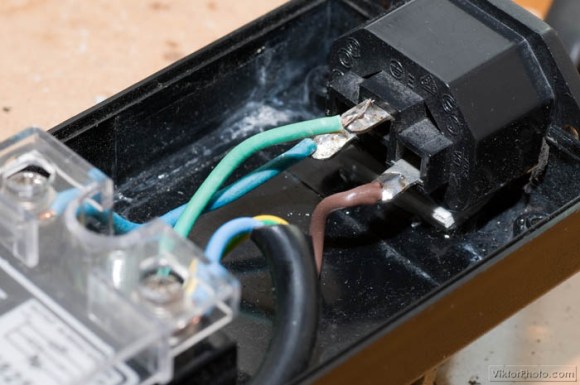[Fran] shows us how to build a plastic friction welder. It’s a method of connecting plastic pieces. While it’s new to us, apparently this type of tool was given to kids about forty years ago to use with craft project (when plastic was all the craze).
The tip of the friction welder is a styrene rod. If it’s spun fast enough the friction will cause the material to heat to the melting point, depositing a bead of styrene into the joint. The tool seen here is a cheap DC rotary tool acquired from Harbor Freight. It really did a horrible job, but [Fran] discovered that it was the power supply that was under-rated. When she replace the wire that feeds it and used her bench supply it spit out 16,000 rpm without any trouble. The welding rods can be found at the craft store and fit the chuck of the tool quite nicely. You can see her demo in the video after the break. The seam she’s working on comes out very strong, surviving a slew of violent whacks on the workbench.
We’ve seen a few other methods of welding plastic. One used a tool much like a soldering iron, the other depends on ultrasonic waves and clamping pressure.

















